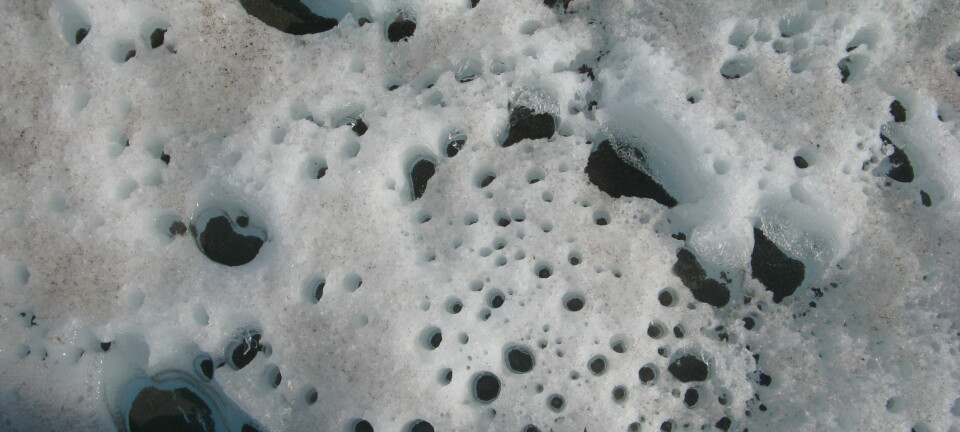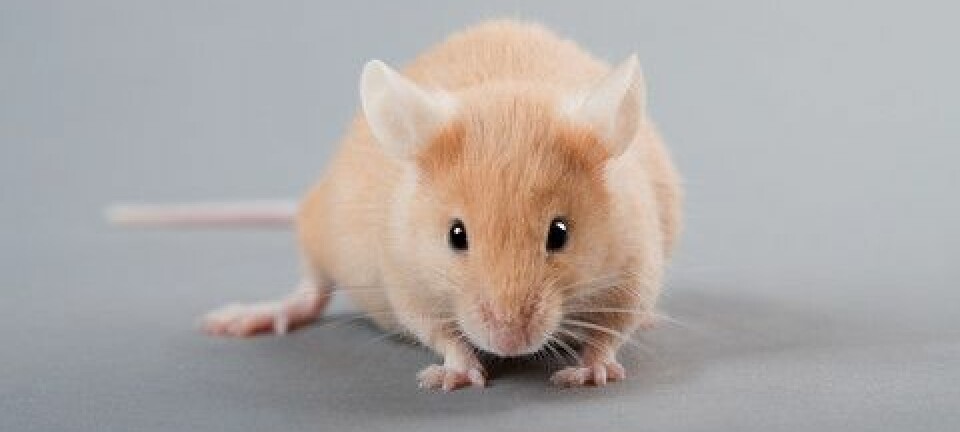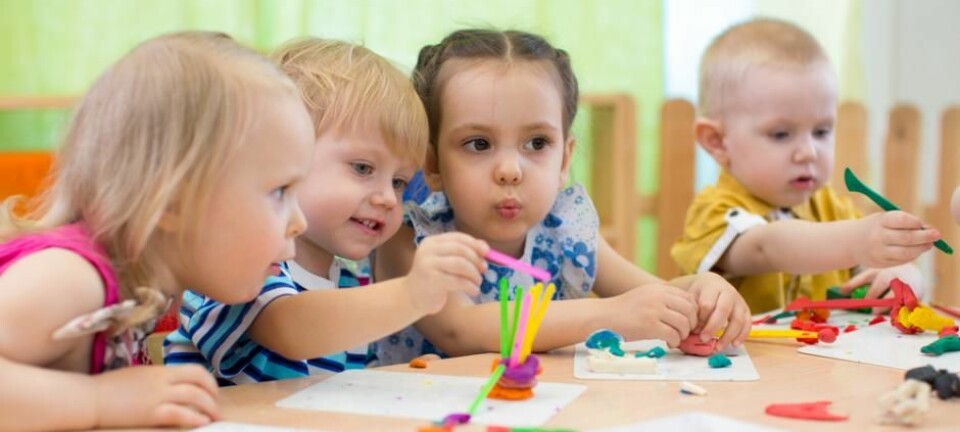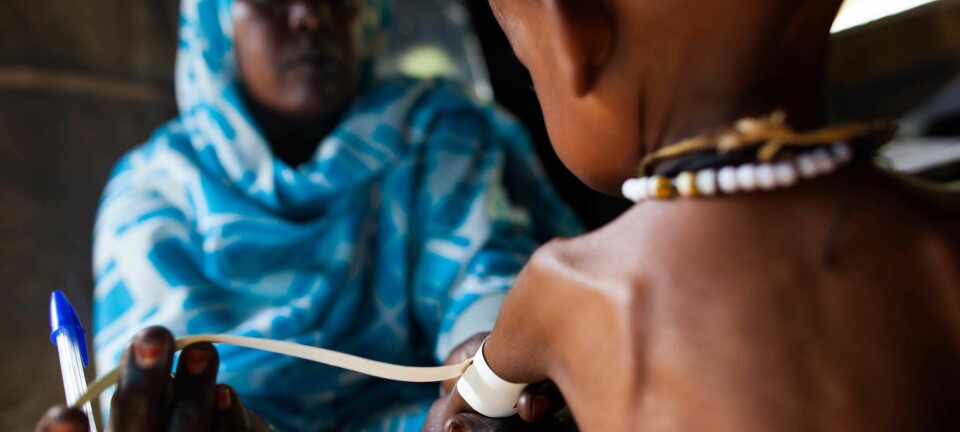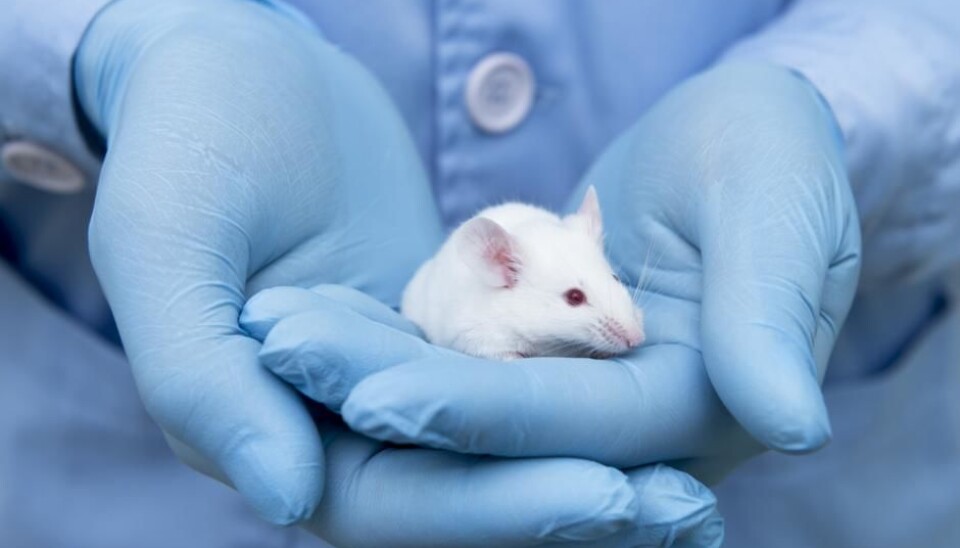
Space travel changes gut bacteria in mice
Astronaut food, microgravity, and space radiation can change the composition of gut bacteria. Understanding how could improve radiation therapy here on Earth.
Spending time in space exposes astronauts to a totally different environment to that on Earth. Microgravity, radiation, and a salty space diet, all play a role.
NASA and other space agencies are concerned that their astronauts could be at risk of developing a number of diseases as a result of their time spent in such a harsh environment. For example, loss of bone mass or heart disease.
In fact, radiation is the biggest health risk when travelling through space and has the potential to disrupt the gut microbiota—the buzzword in health research circles.
Read More: Space bacteria will produce dinner for Mars astronauts
Seven mice in space, seven here on Earth
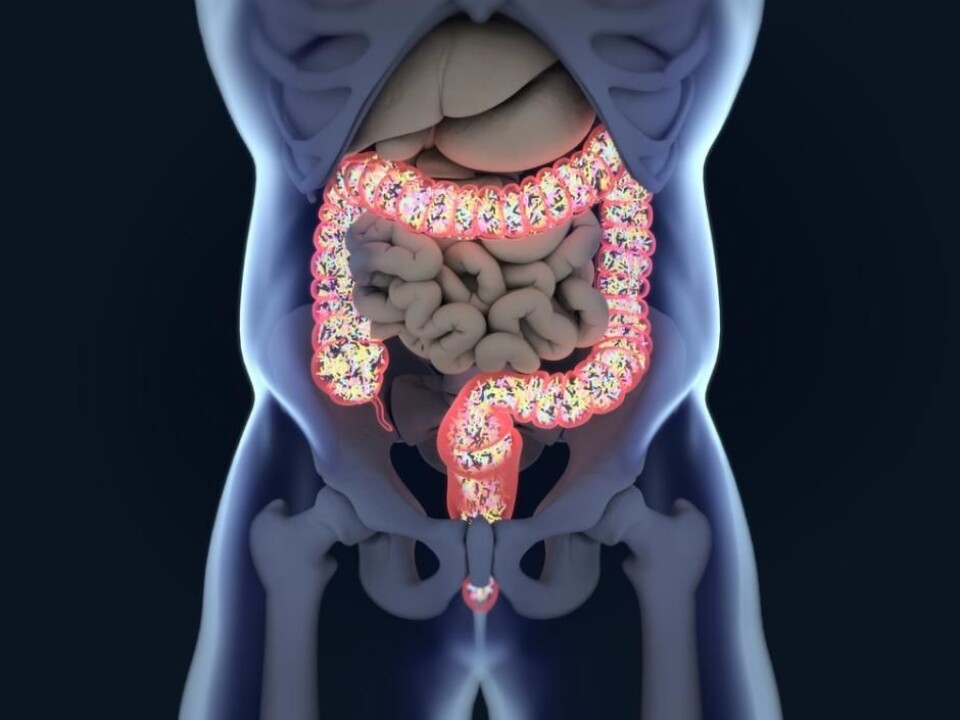
We know that the composition of bacteria in our own guts—our own personal compost heap—has an influence on a long list of diseases, including intestinal cancer. So it is a logical step that space-flight could change the bacterial community with negative effects for the astronauts’ health.
Many attempts have been made to study this further. One of which, involved the study of seven mice on board the Space Shuttle Atlantis during its 13-day mission in 2011.
The experiment started with 14 mice, fed an astronaut’s diet in specially constructed cages built to accommodate weightlessness. Half of them became ‘astronaut mice’ on board Atlantis, while the other half remained here on Earth under normal microgravity and radiation.
Their hypothesis was that the change in environment and the lack of gravity would lead to a change in composition of their gut bacteria.
Of course statistically speaking, seven mice here and seven in space is certainly not a large sample size from which to start drawing conclusions, but on the flip side they were probably the seven most expensive mice in history, packed into a busy space shuttle.
Read More: Human organs-on-chips may one day replace animal testing
Astronaut mice had fewer beneficial lactic acid bacteria
During the mission there was no major shift in composition in their gut bacteria, but the number of lactic acid bacteria (Lactobacillales) did decrease in the astronaut mice compared to their Earth-bound friends.
At the same time, some of the less desirable bacteria known as Clostridiales, increased. This group contains some harmful bacteria associated with inflammatory bowel disease, botulism, gangrene, and tetanus.
Such a drop in beneficial bacteria has been observed before by scientists studying a low-gravity mouse model on Earth.
In this study the astronaut mice drank about 20 per cent less water than their Earthly friends. They also lost weight even though they ate the same as the mice that remained on Earth. And their levels of beneficial Lactobacillales fell by 62 per cent, while Clostridiales increased by 60 per cent.
Read More: Gut bacteria will revolutionise medicine
Astronauts could boost gut microbiota before space travel
This suggests that when people go on long space journeys in the future they should revitalise their gut flora during the mission, as a precaution against any loss of good bacteria while in space.
This could include taking capsules of their own gut bacteria from before their flight as a supplement to their diet--a sort of gut bacteria transplant using the astronaut’s own bacteria from an earlier point in their life.
Read More: Gut bacteria could one day combat obesity
Gut bacteria from me to you
Such methods are already in use today to fight against the deadly bacteria Clostridium difficile from the Clostridiales family. The method shows potential for use in other areas, such as cancer treatments and perhaps now in space.
In chemotherapy, patients could revitalise their gut bacteria by taking supplements of their earlier gut flora before treatment and thereby reintroducing their own bacteria back into their system after treatment.
Read More: Are probiotics really that good for you?
Avoid infectious disease from donor bacteria
With this kind of self-transplant it is possible to avoid infectious diseases from bacteria-donors, which cannot be tested for, or to new, unknown infections.
Today, the USA has a gut bacteria bank, which, like a blood bank accepts donations from approved donors. In Europe people typically chose to use bacteria from their partner or a family member, on the assumption that they will already have been exposed to the same infectious diseases as the donor.
Research on gut bacteria in cancer treatments and space travel is still in the very early days. But perhaps those 14 little mice took us one step closer to a breakthrough further down the line.
---------------
Read this story in Danish on ForskerZonen, part of Videnskab.dk
Translated by: Catherine Jex

